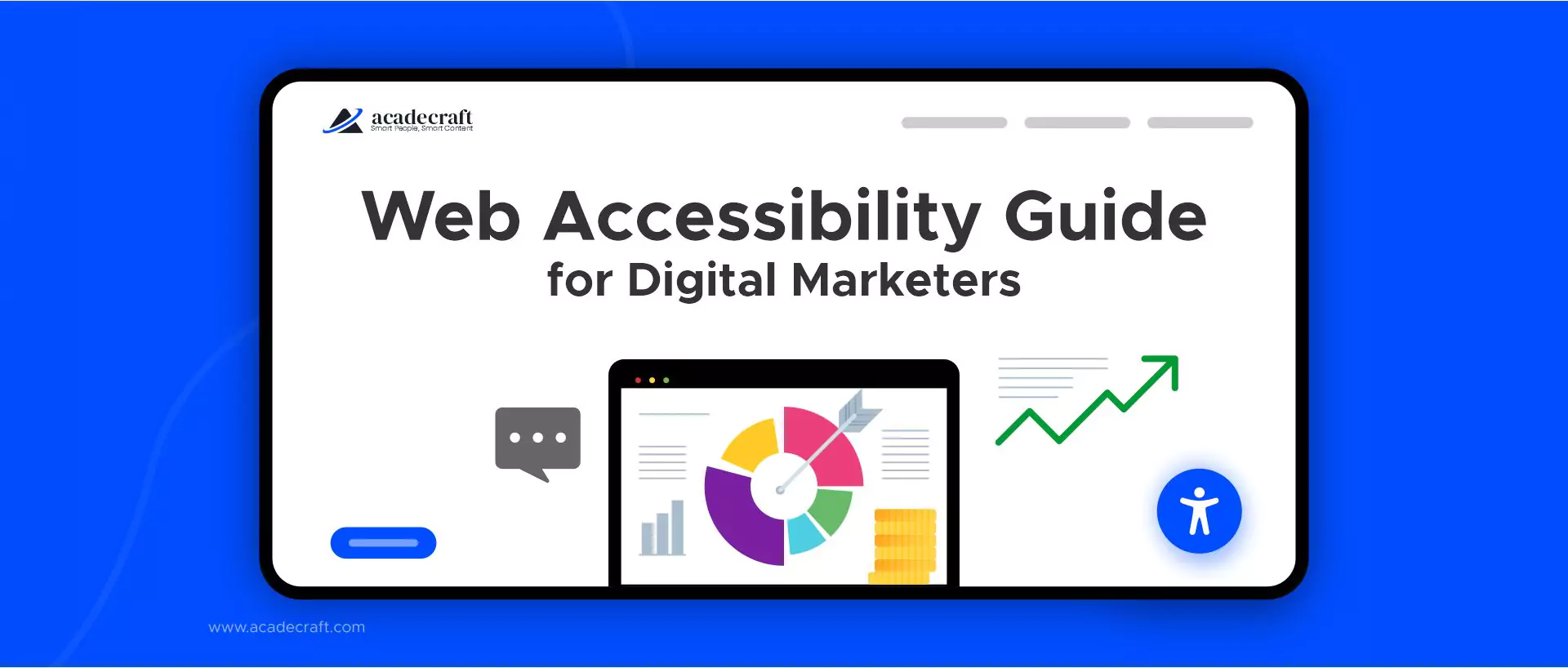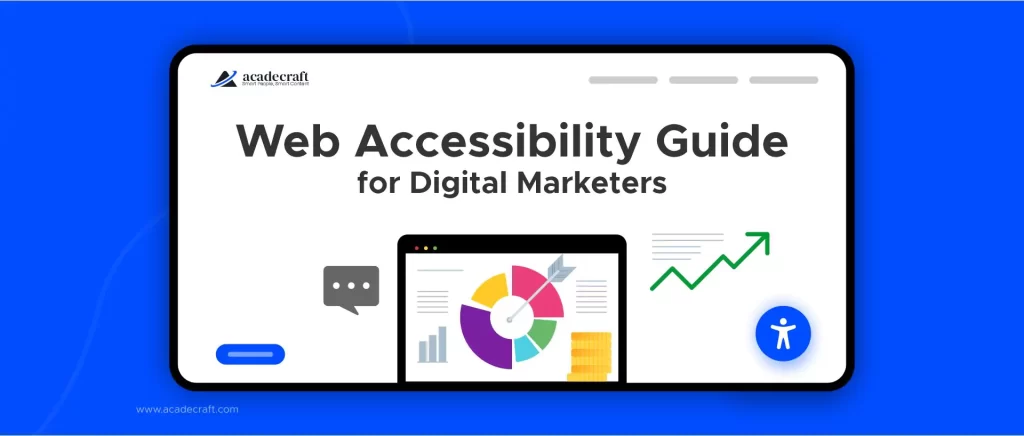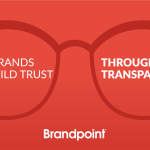Unlock the Power of Inclusive Marketing: The Role of Web Accessibility in Marketing Success

As a marketer, you’re constantly looking for ways to reach a wider audience, build brand awareness, and drive sales. One often overlooked yet crucial aspect of digital marketing is web accessibility. In this article, we’ll delve into the importance of web accessibility, its connection to marketing success, and provide actionable tips on how to improve your online marketing strategy.
What is Web Accessibility?
Before we dive into the role of web accessibility in marketing, let’s define what it means. Web accessibility refers to the practice of creating websites, applications, and digital content that can be used by everyone, regardless of their abilities or disabilities. This includes people with visual impairments, hearing impairments, motor impairments, cognitive disabilities, and more.
In simple terms, web accessibility ensures that your online presence is inclusive, easy to use, and free from barriers that might prevent users from accessing or interacting with your content.
Why is Web Accessibility Important in Marketing?
Web accessibility is no longer just a moral obligation; it’s a business imperative. Here are some compelling reasons why web accessibility matters in marketing:
- Expanded Reach: By making your website and content accessible, you can reach a broader audience, including people with disabilities, who often feel excluded from the online world.
- Increased Conversions: Accessible websites have been shown to experience higher conversion rates, as users can easily navigate and interact with your content.
- Improved Search Engine Rankings: Search engines like Google prioritize accessible websites, which can lead to better search engine rankings and increased visibility.
- Compliance with Laws and Regulations: Many countries have laws and regulations requiring accessible websites, such as the Americans with Disabilities Act (ADA) in the United States.
- Enhanced Brand Reputation: Demonstrating a commitment to accessibility can enhance your brand’s reputation and values, setting you apart from competitors.
How Does Web Accessibility Impact Marketing Success?
While web accessibility is essential for businesses, its impact on marketing success is often overlooked. Here are some ways in which accessible websites can drive marketing success:
- Increased Engagement: Accessible websites encourage users to spend more time on your site, leading to increased engagement and a stronger connection with your brand.
- Better User Experience: Accessible websites provide a seamless user experience, reducing frustration and increasing the likelihood of conversion.
- Social Sharing: Accessible websites are more likely to be shared on social media, expanding your reach and increasing brand visibility.
- Improved Analytics: Accessible websites provide more accurate analytics, enabling you to make informed decisions about your marketing strategy.
- Competitive Advantage: Demonstrating a commitment to accessibility can set your brand apart from competitors and establish a reputation for inclusivity.

Common Barriers to Web Accessibility and How to Fix Them
While we’ve highlighted the importance of web accessibility, many websites still struggle with common barriers. Here are some common issues and actionable tips on how to resolve them:
- Color Contrast:
- Use a color contrast ratio checker to ensure sufficient contrast between text and background colors.
- Use a dark color scheme or adjust font sizes to improve readability.
- Keyboard Navigation:
- Ensure all interactive elements can be accessed using a keyboard.
- Remove unnecessary links and provide clear navigation.
- Closed Captions and Audio Descriptions:
- Add closed captions to videos and audio descriptions for users with visual impairments.
- Provide transcripts and timestamps for easier access.
- Responsive Design:
- Ensure a responsive design that adapts to different screen sizes and devices.
- Use media queries to adjust layout and content accordingly.
- Screen Reader Compatibility:
- Test your website with popular screen readers like JAWS, NVDA, and VoiceOver.
- Ensure all interactive elements can be accessed using a screen reader.
Actionable Tips for Improving Web Accessibility
While web accessibility might seem overwhelming, here are some actionable tips to help you get started:
- Conduct a Web Accessibility Audit: Use tools like WAVE, Lighthouse, or SiteImprove to identify and fix accessibility issues.
- Hire an Accessibility Specialist: Consider hiring an accessibility expert to provide guidance and support.
- Use Accessible Templates and Tools: Utilize accessible templates and tools like WordPress, Bootstrap, or Accessibility Scanner.
- Prioritize Content Accessibility: Ensure all content, including images, videos, and audio, is accessible and usable.
- Continuously Test and Improve: Regularly test your website with various accessibility tools and incorporate user feedback.
Conclusion
Web accessibility is no longer a niche concern; it’s a critical aspect of marketing success. By incorporating accessibility into your online marketing strategy, you can expand your reach, improve user experience, and drive conversions. Remember, accessibility is not just a moral obligation; it’s a business imperative that can help you stay ahead of the competition.
Take the First Step Towards Accessible Marketing: Share This Article with Your Network
Did you find this article informative and inspiring? Help spread the word about the importance of web accessibility in marketing success. Share this article with your network, including marketing professionals, business owners, and web developers. Together, let’s make the online world more inclusive and accessible for all.


